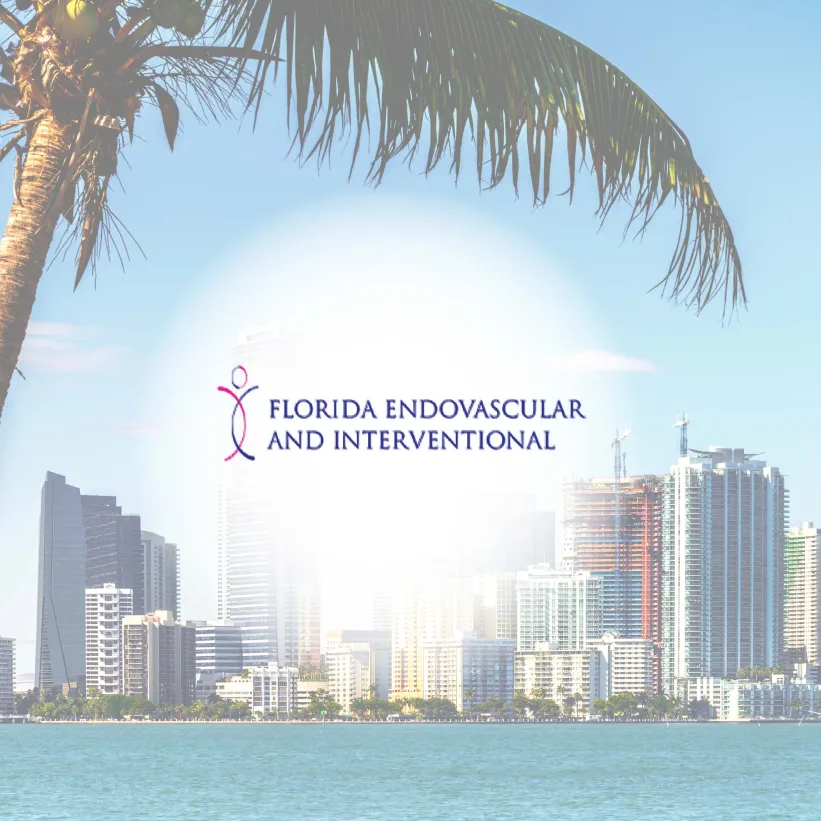

Enlarged Prostate Symptoms you may be experiencing:
Are you living with …
Partial bladder voiding
Reduced urine flow
Urinary retention
Frequent urination, especially at night
Discomfort or pain during urination
Discomfort or pain during urination
We carry out a non-invasive procedure to address the symptoms related to an enlarged prostate.
Precision Procedure
Prostate Artery Embolization (PAE)
- Least invasive procedure
- High success rate ranging from 75% to 90%
- Maintains Prostate Health
- Addresses the underlying cause of an enlarged prostate.
- Less Risk Than Traditional Surgery
- Quick Relief
- Rapid Recovery
- Minimal Scarring
- Enhanced Quality of Life
Are you a good candidate for Prostate Embolization Procedure?
- Regularly needing to urinate, particularly during the night
- Reduced urine flow or trouble initiating urination
- Discomfort or pain during urination
- Incomplete bladder emptying
- Urinary retention
- Symptoms lasting >1 year
- Unsuccessful conservative approaches - Medications, Lifestyle Adjustments
Find out if you are a candidate
Benefits of PAE
Minimally invasive treatment designed to relieve discomfort and improve quality of life for men with enlarged prostate symptoms.
Customized Care
Using precision relief mapping combined with an angiogram enables us to develop a detailed map of the blood vessels feeding your prostate. By pinpointing the exact arteries that supply blood to the enlarged prostate, we can accurately target these vessels during Prostate Artery Embolization. This customized method ensures that the embolization is specifically adapted to your individual anatomy, optimizing relief while minimizing the need for extensive intervention.
Swift Healing
Recovery from Prostate Artery Embolization (PAE) is usually quite swift, particularly in comparison to traditional surgical methods such as transurethral resection of the prostate (TURP) or open prostatectomy. Patients often experience minimal discomfort, shorter hospitalizations, and a faster return to their usual activities.
Exact Methods
Using the detailed map, we carry out a careful, precision-guided procedure that focuses on the specific issue while minimizing harm to nearby structures and tissue.
Exact Relief Mapping
Precision relief mapping enables us to develop a comprehensive plan by pinpointing the specific blood vessels that supply your prostate. Treatment is then accurately administered to these targeted areas using Prostate Artery Embolization, ensuring optimal relief with minimal intervention.
What is BPH and what are the main cause of prostate enlargement?
01
Frequent urination, especially at night, disrupting sleep and daily routines, often signals underlying urinary issues requiring attention for proper diagnosis and relief.
02
As the prostate grows larger, it can slowly press on the urethra that runs through its center. This pressure can block urine flow, causing more difficulty when urinating.
03
04
As BPH advances, the prostate expands, worsening symptoms and making the bladder overactive, causing frequent, urgent urination, particularly at night (nocturia), disrupting sleep and daily routines.


